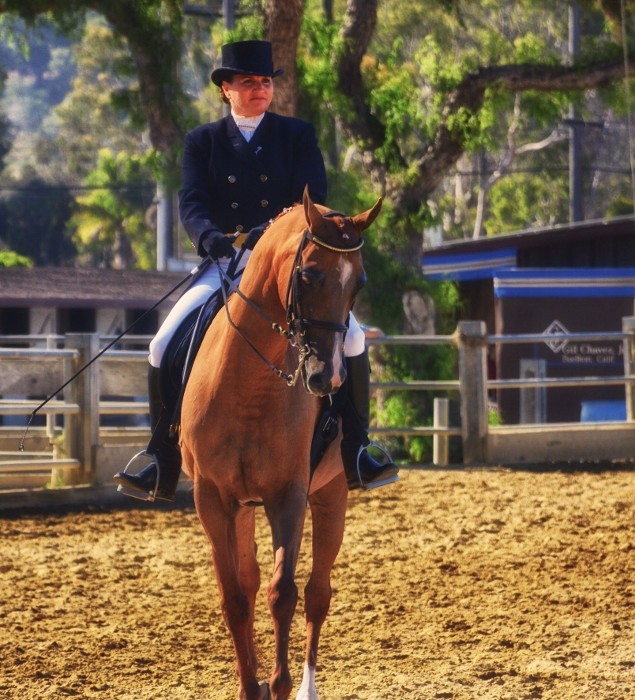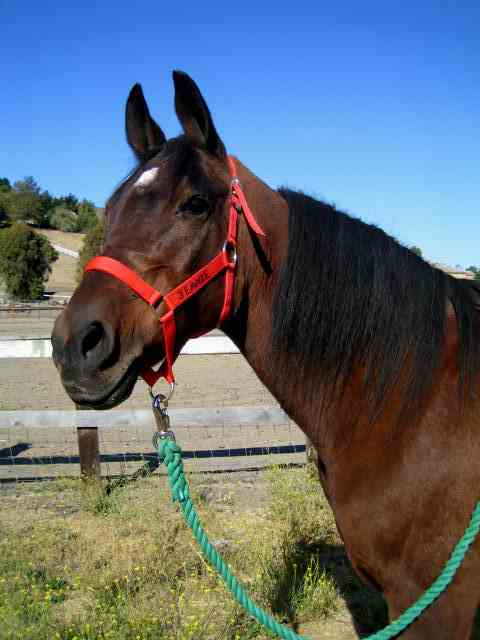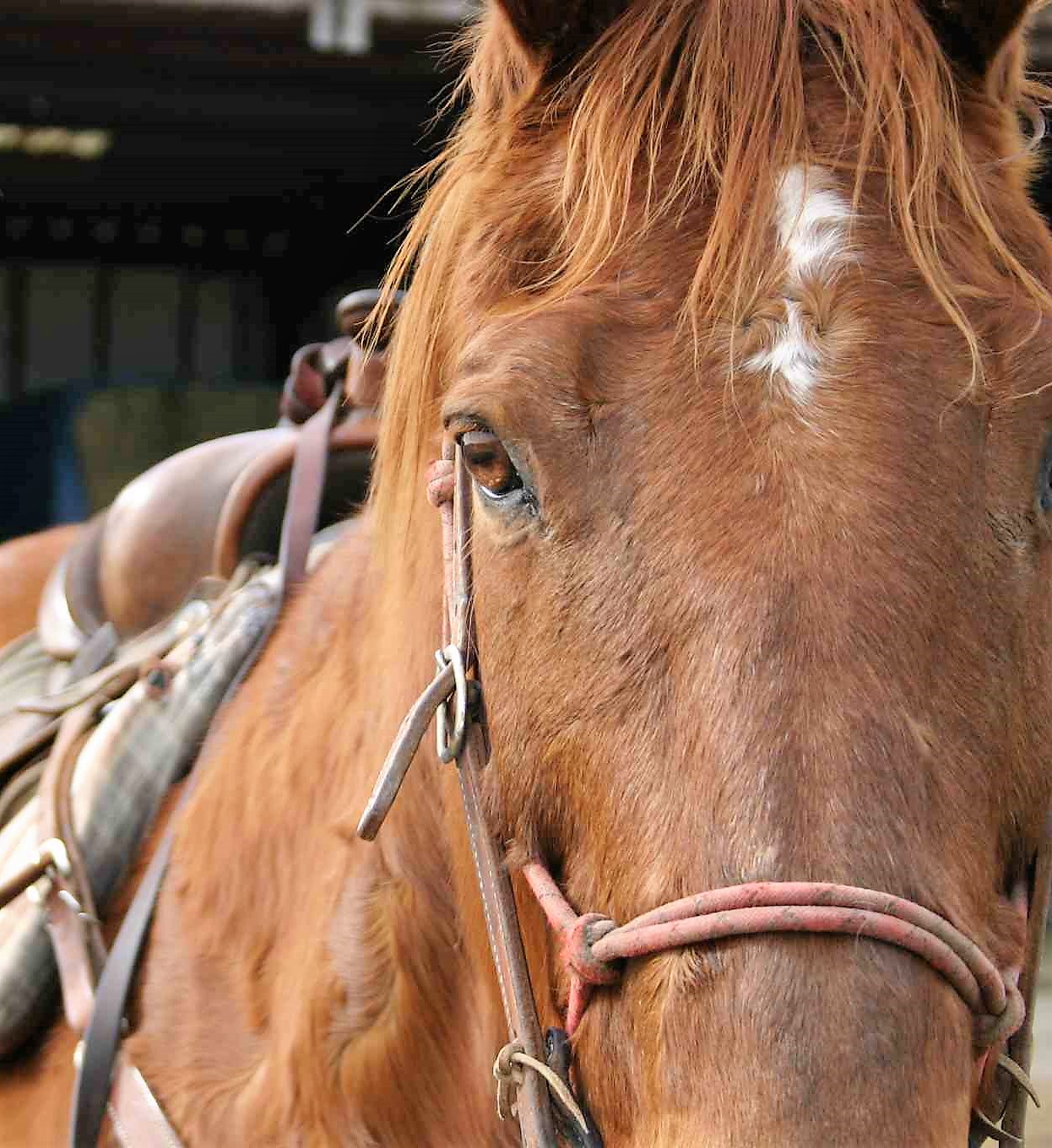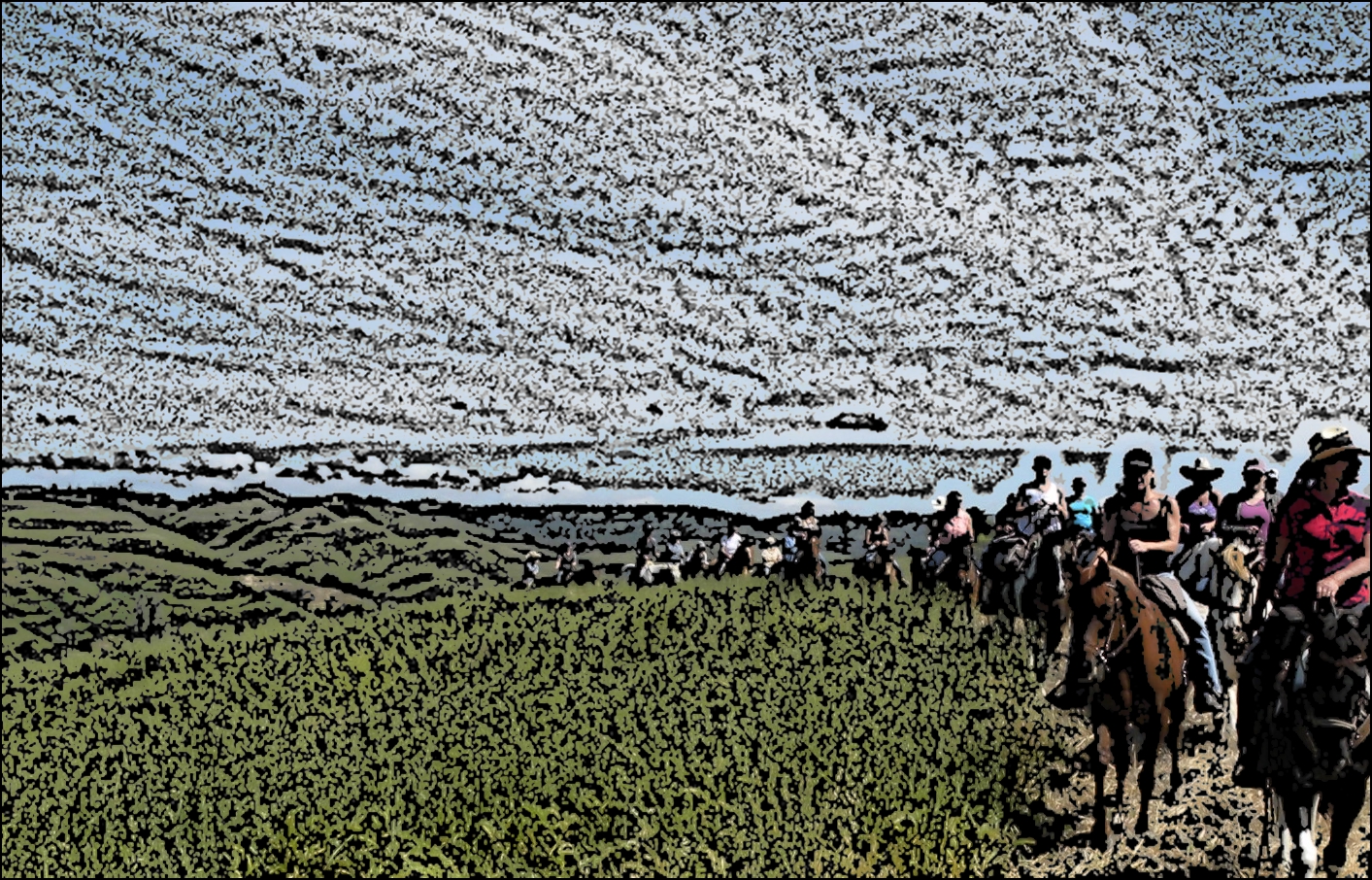As a competitive equestrian, I have learned over the years that when it comes to the care and well being of my horse, there are certain things that I just can’t compromise on. My horse’s soundness and health are always on my mind, especially as she ages and her muscles and joints become more sensitive. For these reasons, I have learned that for my horse to perform at her best, I have to tailor my training and conditioning routines to suit her needs as well as my own, and one of the things that she absolutely needs is the proper “warm up”.
Ask any human athlete what the easiest way to injure yourself is during training, and it’s likely that a vast majority of the answers will point toward an improper warm up routine. Whether it’s not having stretched properly or having pushed a cold muscle too far too quickly, the body cannot perform at its peak without being ready to do so. The objective of a good warm-up is to gradually raise the body’s temperature, increase circulation and prepare the muscles for work by doing low level, low impact activities that increase in intensity until the body is ready for vigorous activity. Despite the fact that this is a widely known and respected technique in “human” sports medicine, many equestrians don’t apply it to working their horses, and in turn many horses suffer from easily preventable injuries that are sometimes career ending.
Recently, I was speaking with a popular Central Coast Equine Chiropractor and we got on the topic of the “right way to warm up”. She expressed her annoyance at seeing so many riders, and even top trainers, fail to practice a consistent warm up routine,
I see these riders throw a saddle on their horse, mount, take half a turn around the arena at the walk and half at the trot, and then they are cantering. I don’t understand it, and every time that I see it, I think to myself, ‘there’s another horse that’s going to come up sore or worse’.
Her impression hit home with me, because I see this all the time myself, and while it seems like common sense to me, many horse owners (and even a fair number of trainers) fail to make the connection that a horse requires a certain amount of warm up before it is safe (or comfortable) to work.
So, how can we ensure that our horses are ready to work before we ask too much of their bodies? It’s actually a very simple thing to do. My method, while certainly not the only one out there, has proven to be very effective for me and just about everyone that I taught it to, and chiropractors and veterinarians have concurred…and the only things that you need are a watch and 15 minutes.
Step 1 – Increase Bloodflow
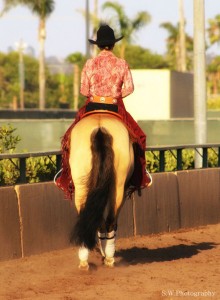 Allow your horse to walk all the way around your arena twice in each direction. This low level exertion will warm up his body just enough to prepare it for an increase in circulation. I like to do this on a loose rein, and I use this time to give my horse a chance to look at all of the “scary” or “interesting” things around the arena, which also prepares the mind for work. Now it’s time to start watching the clock, because you’re going to pick up the jog (or working trot) and you’re going to keep it up for 5 minutes. I like to go all the way around the arena in each direction a couple of times, and then I throw in some easy patterns, like crossing the arena on the diagonal or performing some large figure eights…anything that doesn’t require a lot of collection or bending. Once you’ve hit the 5 minute mark, allow your horse to walk on a loose rein once around the arena.
Allow your horse to walk all the way around your arena twice in each direction. This low level exertion will warm up his body just enough to prepare it for an increase in circulation. I like to do this on a loose rein, and I use this time to give my horse a chance to look at all of the “scary” or “interesting” things around the arena, which also prepares the mind for work. Now it’s time to start watching the clock, because you’re going to pick up the jog (or working trot) and you’re going to keep it up for 5 minutes. I like to go all the way around the arena in each direction a couple of times, and then I throw in some easy patterns, like crossing the arena on the diagonal or performing some large figure eights…anything that doesn’t require a lot of collection or bending. Once you’ve hit the 5 minute mark, allow your horse to walk on a loose rein once around the arena.
Step 2 – Bend and Stretch
Your horse has had a chance to stretch his limbs, expand his lungs and circulation has increased; his muscles should be warm enough to begin stretching…and you guessed it, you’re going to do this for 5 minutes. Start with a 20 meter circle, and each time you pass the center mark, spiral down so that you are making the circle smaller. Ask your horse to bend his head to the inside while you apply inside leg pressure; this should create a nice bend. At the end of the spiral, allow your horse to walk in a straight line and do the exercise in the other direction; do this at least twice each way. Next, ask your horse to stop and back up five paces, and then walk forward; do this several times. Finally, you will do the counter bend, which requires you to bend your horse’s head in one direction and ask him to move diagonally in the other direction (if your horse’s head is bent to the right, apply your right leg and ask him to move to the left).
Step 3 – Transition into Work
Your final five minutes are meant to be a transition into work. Until now you haven’t asked for a headset or “collection”, you’ve simply been increasing circulation and stretching your horse’s muscles. Now it’s time to jog (or working trot) again, only now you can slowly start asking your horse to come into the bridle. Gradually increase collection and flex until your horse is in the proper frame and is using his body. Don’t forget to go each direction, and vary your patterns to keep him guessing (figure eights, serpentines, diagonal direction changes, corner circles, etc.). Allow your horse to walk once around the arena, and you’re finished!
Now “Start” Working
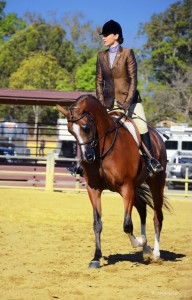 Once you’ve done the above three steps, continue your training session as you would normally; I like to go into the lope (or canter) at this point until my horse is “legged up” and ready to work on maneuvers, which usually takes another 10 minutes or so. Where you go after the first 15 minutes is up to you, but at least you know that your horse’s body is ready to start working.
Once you’ve done the above three steps, continue your training session as you would normally; I like to go into the lope (or canter) at this point until my horse is “legged up” and ready to work on maneuvers, which usually takes another 10 minutes or so. Where you go after the first 15 minutes is up to you, but at least you know that your horse’s body is ready to start working.
In the end, spending an extra 15 minutes at the beginning of a workout can actually prevent injury, increase performance, and aid in conditioning; it’s a small price to pay for a happier and healthier horse. You can vary the above routine to fit your personal needs; I even have friends who do nothing but pleasure ride, and they have modified it so that they can do it out on the trail. Just keep an eye on your watch, don’t cut corners to decrease the time you spend warming up, and remember to: Increase Bloodflow, Bend and Stretch and then Transition into Work.
Story written by Sarah Williams
Photos by Sarah Williams Photo Impressions

